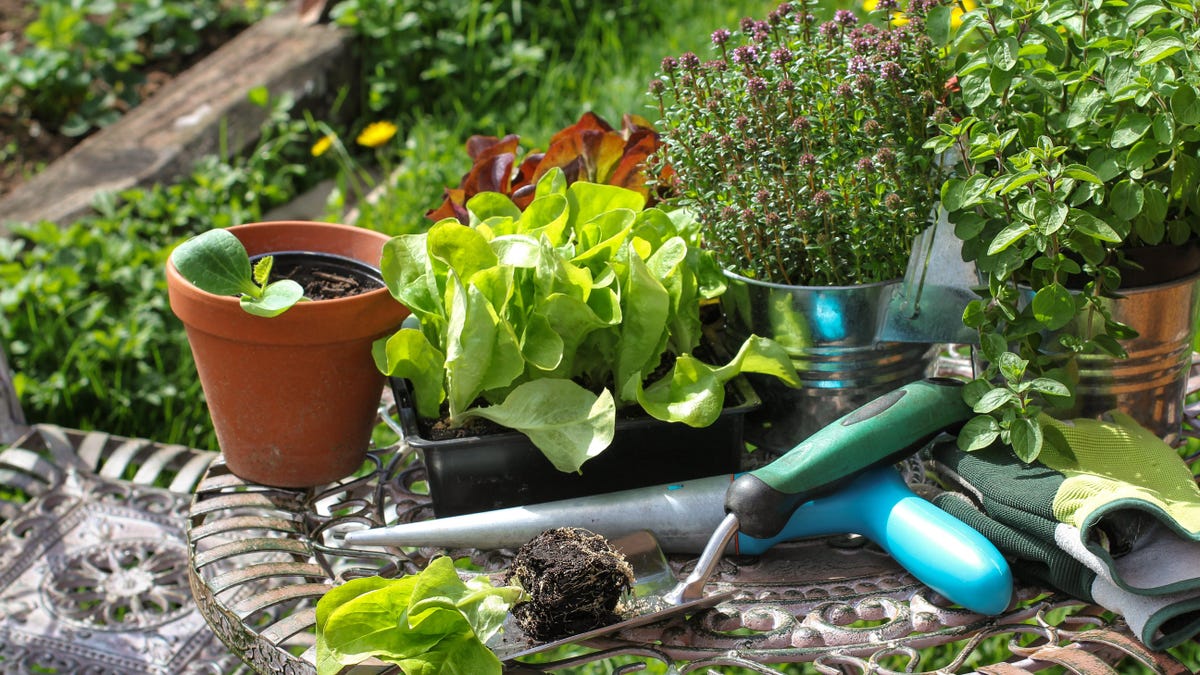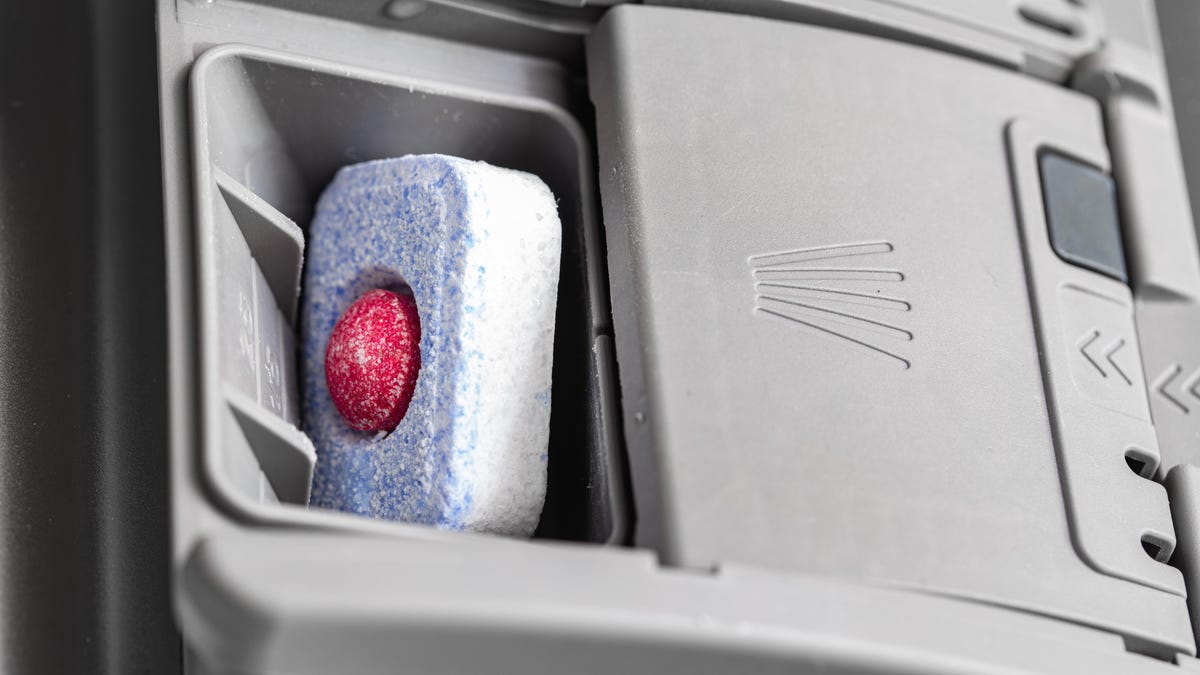Every Gardener Should Have a Steam Juicer
When people think of “juicing,” they’re often thinking of fresh green juice, involving lots of fresh fruit and a machine. But steam juicing is completely different—it’s an easy way to make juice out of all the fruit coming out...

When people think of “juicing,” they’re often thinking of fresh green juice, involving lots of fresh fruit and a machine. But steam juicing is completely different—it’s an easy way to make juice out of all the fruit coming out of the garden right now (plus vegetables). It does what it’s name promises to do: Instead of pressing the fruit and vegetables, it steams them.
No prepping, de-stemming, or de-seeding necessary
One of the best aspects of a steam juicer is that you don’t have to do much prep. To use a cider press, or even a fresh juicer, you’ll be coring apples and cutting off blemishes. To steam juice the same apples, you just quarter them and toss them into the hopper. The steam will take care of it, resulting in a similar juice. You can toss in grapes or elderberries with the stem on, cherries with the pits still in them, or unhulled strawberries.
The same is true of vegetables: To juice anything from beets and kale to cucumbers and tomatoes, you simply steam them without worrying about stems or seeds.
Steam juicers for the beginner, the dedicated, and the person who wants a lot of juice:
An inexpensive, 5-quart entry-level steam juicerA giant 11-quart juicer for when you’ve got a lot to juiceA heavy-duty juicer that’ll stand the test of timeHow steam juicers work
A steam juicer is like a giant double-boiler, with three tiers. The bottom tier holds water, the middle tier is empty and shaped like a bundt pan with a cone in the middle, and the top tier holds all the fruit or vegetables and looks like a colander. The water boiling in the bottom tier forces steam through the cone in the second tier, and up to the top tier. That steam combines with the fruit or vegetables, condenses on the lid, and then falls back down through the colander into that empty second tier. When it’s full enough, you empty it via a hose directly into jars so you can process them or into some other container so you can bag it and freeze it.
The mechanics sound complicated, but the thing worth remembering is that you can largely leave it alone as it goes through this process. You just have to ensure there’s always water in the bottom and that you empty the middle tier regularly.
Access to fruit juice year round
There are three key benefits that have made me steam juice each year. First, you don’t need the best fruit for this; it’s accommodating. There are, at the end of the season, great “seconds” sales on fruit and vegetables, and if you fall into a flat of peaches or plums, this is a great way to use them that doesn’t involve as much work as jam. “Seconds” are the fruit that aren’t perfect, but are still usable.
Second, if you’re just exhausted by the preserving season, this is an easy way to dispatch your fruit with little work. You don’t have to prep it for the freezer, it’s just dumping it into the top and letting the steam do its job.
Lastly, my freezer is prime real estate. Steam juicing makes canning the resulting juice really easy, and in a lot of cases, you don’t need to add anything to the juice, like sugar, before processing it. It comes out already screaming hot, so you just can it and then process the jars.
What to do with the juice you’ve made
You might find yourself thinking, “Why do I even need blueberry or cherry juice?” The thing is, juice is just as perfect a starting point for jam, sauces, and even gummies, as fresh fruit. When you’re ready to make something in the middle of winter, you can grab the jar off the shelf and get to it.
That said, never underestimate the power of your own grape juice or apple juice on the shelf for drinking. Grapes are an easy commodity to come by in the gardening community; someone always has too many and you can usually find someone who is looking for gleaners. Grapes are high enough in sugar they don’t need any additional sugar before canning, and as an adult, I was delighted to be reminded how good grape juice actually is. Even apple or pear juice, just simple, with no additions, is absurdly good, and makes for great hot drinks through winter.
My favorite juicer trick is to use all the last tomatoes and other vegetables at the end of the season to make my own V8 knockoff. It’s delicious to have vegetable juice all year round, but it makes a fine Bloody Mary base, too.

 Lynk
Lynk 




























.jpg&h=630&w=1200&q=100&v=154b70b92d&c=1)


